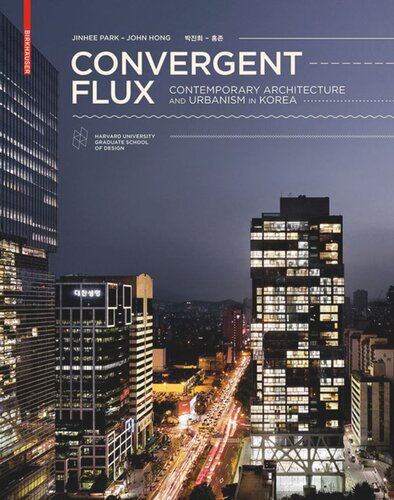

Most ebook files are in PDF format, so you can easily read them using various software such as Foxit Reader or directly on the Google Chrome browser.
Some ebook files are released by publishers in other formats such as .awz, .mobi, .epub, .fb2, etc. You may need to install specific software to read these formats on mobile/PC, such as Calibre.
Please read the tutorial at this link: https://ebookbell.com/faq
We offer FREE conversion to the popular formats you request; however, this may take some time. Therefore, right after payment, please email us, and we will try to provide the service as quickly as possible.
For some exceptional file formats or broken links (if any), please refrain from opening any disputes. Instead, email us first, and we will try to assist within a maximum of 6 hours.
EbookBell Team

4.0
6 reviewsAn inspiring synthesis
Convergent Flux illustrates the contemporary architectural and urban planning developments in South Korea in the context of the country's considerable urban density.
In recent years South Korea, which long stood in the shadow of the superpowers Japan and China, has surged in economic terms. That said, industrialization and the population explosion connected with it have created enormous challenges for the country at the interface between globalization and cultural identity. Some 10.5 million inhabitants live in the center of the capital Seoul, while the metropolitan area includes around 25 million residents making it the second largest conurbation in the world after Tokyo. The result is high urban density, which spells an enormous demand for the more efficient use of space and encourages verticalization in architecture.
The publication outlines the current developments in South Korean architecture, urban development and landscape architecture by examining 32 projects in detail. An in-depth view of contemporary South Korean architecture is given by five essays that address topics such as the fusion of tradition and the modern, the re-defining of so-called "social spaces" and the country's special topographical situation.
The authors are both architects, trained at the Harvard Graduate School of Design.